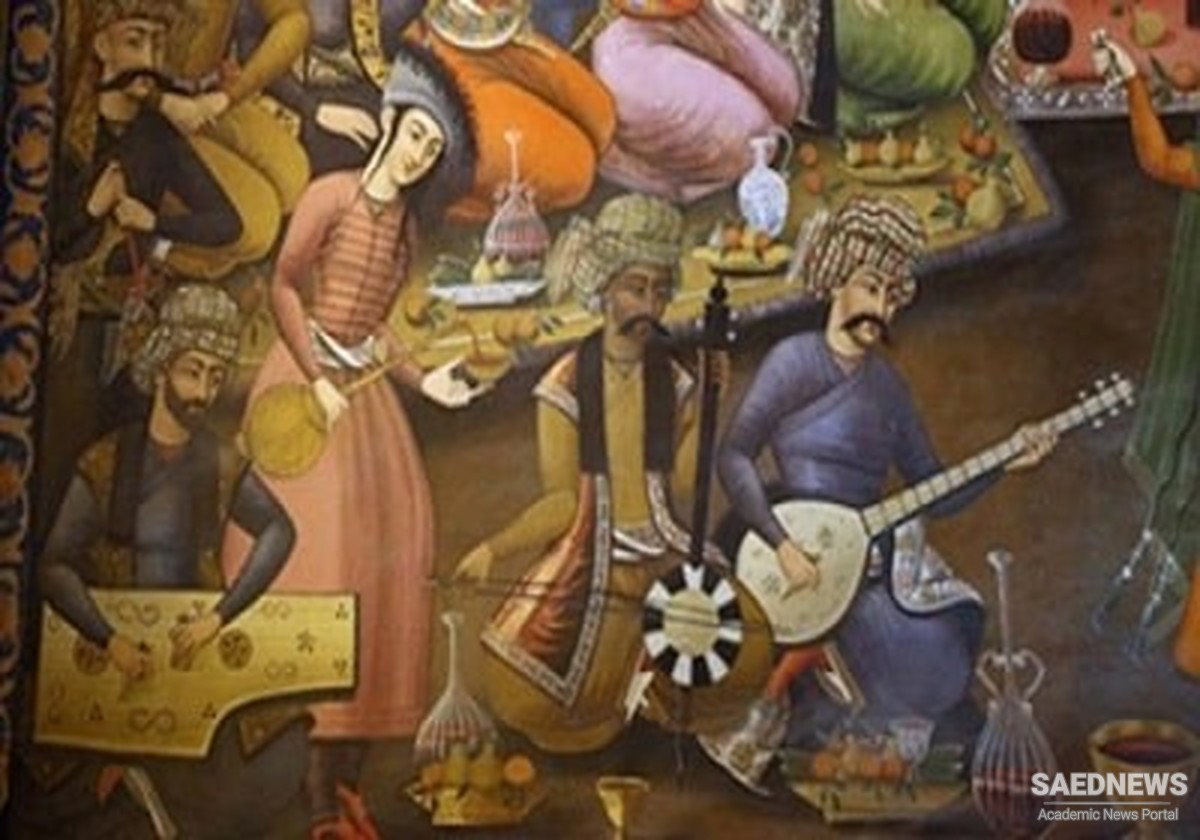Tracing Persian music history through so many centuries is a highly problematical task. For unlike the visual and literary arts, which can be studied from surviving works and fragments, there are virtually no examples of the art of music until the modern period. That the music was almost never written down is understandable, however. Since traditional Persian music is improvised, exact transmission of the repertory was far less important than in Western music. And because most teaching was done by rote, no one needed a score. Hence, although alphabetic systems for the notation of music existed in Islamic countries at least as early as the ninth century, they were seldom used. In Persia notation did not become common until the second quarter of the twentieth century, and many Persian musicians still cannot read music. Because the actual music is lacking, secondary sources must be consulted concerning older Persian art music. For the ancient period these are largely inadequate, because narrations of historians give only brief descriptions of the instruments used in battles, and the chronicles of the royal courts are equally unenlightening. In the medieval period, particularly from the tenth to the thirteenth centuries, records and treatises are more abundant. But the textual problems here are formidable, making this period no less difficult. Some of these have been exposed by the work of the Scottish orientalist Henry Farmer (1882-1964), whose prodigious writings discuss nearly every known manuscriptrelating to Near Eastern music. Farmer notes that in translating medieval Arabic, one is constantly confronted "by vague definitions which make precise interpretation difficult." Thus, despite Farmer's work and the translations of the major treatises into French by Baron Rudolph d'Erlanger, large portions of the treatises remain incomprehensible. Between the early Islamic period and the modern period exists another hiatus in the sources, perhaps due to the Mongol invasions of Persia, which could have destroyed some musical treatises written in the late medieval period. And for the Safavid era writings about music, if there were any, have not yet been made available.25 Only for the late nineteenth and early twentieth centuries are sources plentiful and problems of interpretation relatively minor. The primary and secondary sources for this period, however, exist only in the Persian language; until now they have not been interpreted by non-Iranian musicologists (Source: Persian Classical Music by Ella Zonis).



 Persian Classic Music: Central Asian and Iranian Features
Persian Classic Music: Central Asian and Iranian Features














































